Choosing the Right Advertising Model for Your Website
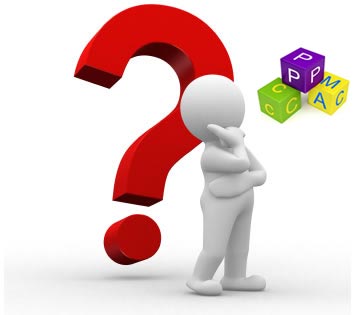 For most of us involved in digital media advertising, the question about which pricing model works best for a specific campaign is clear. But when it comes to choosing the right model, publisher websites are stuck wondering.
For most of us involved in digital media advertising, the question about which pricing model works best for a specific campaign is clear. But when it comes to choosing the right model, publisher websites are stuck wondering.
Here are a few steps that will help you earn money from your website the most efficient way, and remember that choosing the right advertising model can drastically increase your revenue. Some of the factors that will help you choose the right advertising model are very obvious such as niche, the number of unique users that your website attracts, the demographical breakdown of the users, the number of page impressions that it generates, etc.
Let’s go over the three main advertising models, their respective pros & cons and explaining when to use them.
CPM (Cost-per-Mille) – in Latin mille means thousand
An impression is counted every time one of your users sees a text or banner advertisement on your website. If your website generates a significant amount of page views (page impressions), CPM is definitely the model you might want to implement, however, keep in mind that with CPM you will not get any money from clicks. If you can generate a high number of clicks on your website than you might want to consider a CPC model (See further below).
CPM is a profitable model if your website generates high traffic/low clicks but certainly will not be as profitable for advertisers who are running call to action campaigns as they will have a very low Return on Investment (ROI) and might not consider selecting your website for future campaigns unless you give them a good deal. However, advertisers who are planning to launch an awareness campaign might be delighted by the visibility you can provide amongst your users.
CPM is also considered a risk free model for publishers (website owners) as the only thing they really do is deliver the number of impressions that an advertiser books without worrying about the performance of the campaign. This one-sided environment made advertisers search for a better model, one that can guarantee some sort of performance, thus the birth of the CPC model.
CPC (Cost-per-Click)
CPC is considered to be a very simple formula that satisfies both the publishers & the advertisers in a fair environment. For the advertiser to benefit from the clicks that an ad placed on a publishers’ website generates, he has to make sure that the specific ad is relevant to his product and/or offer so that a percentage of these clicks turns out into goals/objectives. On the other hand, the publisher has the mandate to properly place the advertiser’s banner on his website so that it generates the most clicks, better yet, the most quality clicks (relevant clicks to the target audience) knowing that a good performing campaign will result in a good ROI, thus driving the advertiser to keep spending money on clicks, campaign after campaign, and for longer periods.
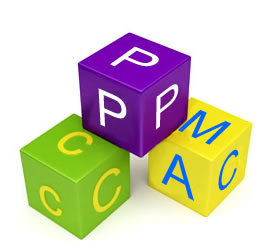 One of the very few problems of the CPC model is the possibility of running into click-frauds. A click-fraud occurs when an automated script attacks a website and generates hundreds of fake clicks on a banner, turning a successful campaign into a nightmare. Combating this fraudulent method is something that any publisher has to keep in mind before opting to use a CPC model.
One of the very few problems of the CPC model is the possibility of running into click-frauds. A click-fraud occurs when an automated script attacks a website and generates hundreds of fake clicks on a banner, turning a successful campaign into a nightmare. Combating this fraudulent method is something that any publisher has to keep in mind before opting to use a CPC model.
CPA (Cost-per-Action)
CPA model throws all the risk on the publisher, plain and simple. A publisher must know that his traffic is guaranteed to generate actions (e.g.: form submission, registration, purchase, etc.) or else he’d be giving it out for free, without generating any income. If you have ideal traffic i.e. high traffic which converts well, then this is your best bet. What you need to do as a publisher to ensure a profitable CPA model, is make sure that an advertiser’s campaign follows certain standards because you don’t want to end up serving free advertisement for clients whose ads are irrelevant to begin with.
As an advertiser, a CPA model represents the best ROI possible for your campaigns. Obviously, you are only paying for the leads you are getting, thus minimizing your risks.
Final Note
There are many who argue that all three pricing models are just different flavors of the same thing. In a way this notion is not faulty since all three models rely on common numbers to estimate the final cost.
Example: An advertiser wants to sell 100 carpets at $100 apiece. His 75% margin gives him a profit of $75 per item before advertising cost. His cost of goods is $25 by default.
Here’s the simulation of all 3 models:
In the first simulation the advertiser buys 100 CPM at $5/per for a total cost of $500. His campaign generates a CTR of 2% and generates 2,000 clicks to his landing page. Let’s say that 5% of those clicks turned into a sale, that’s a total of 100 sales and $10,000 in cash money. His total gross is $10,000, Total advertising cost = $500 and Total cost of goods is $2,500 and that leaves him with a total net profit of $7,000.
Using CPC model, the same advertiser pays $0.25/click. The same budget of $500 will generate 2,000 clicks for him. 5% of those clicks turned into a sale, that’s a total of 100 sales and $10,000 in cash money. His total gross is $10,000, Total advertising cost = $500 and Total cost of goods is $2,500 and that leaves him with a total net profit of $7,000 just the same.
Finally, Using the CPA model, the advertiser pays $5/lead (5% Commission). The same budget of $500 will generate 100 sales for him and $10,000 in cash money. His total gross is $10,000, Total advertising cost = $500 and Total cost of goods is $2,500 and that leaves him with a total net profit of $7,000 just the same.
So for every price in one model there’s a price for the other two and that’s exactly how publishers & search engines, alike, calculate the different pricing options and sell them. At the end of the day, the model that sells the best is the model that keeps the advertiser feeling happy, safe and profiting without taking a huge risk and in turn making a good profit for the publisher as well.




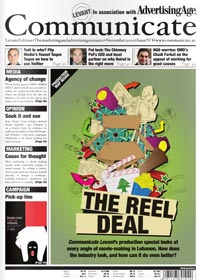 Love Letters to the Future, produced by Canada-based firm Xenophile Media, and whose digital strategy was developed by Beirut-based online agency Eastline Marketing, won two gongs at the 14th edition of the Webby Awards, established in 1996 to honor excellence on the Internet.
Love Letters to the Future, produced by Canada-based firm Xenophile Media, and whose digital strategy was developed by Beirut-based online agency Eastline Marketing, won two gongs at the 14th edition of the Webby Awards, established in 1996 to honor excellence on the Internet.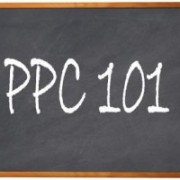
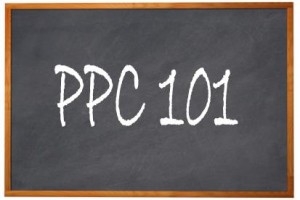 Many factors contribute to the success of
Many factors contribute to the success of 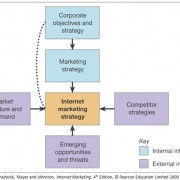
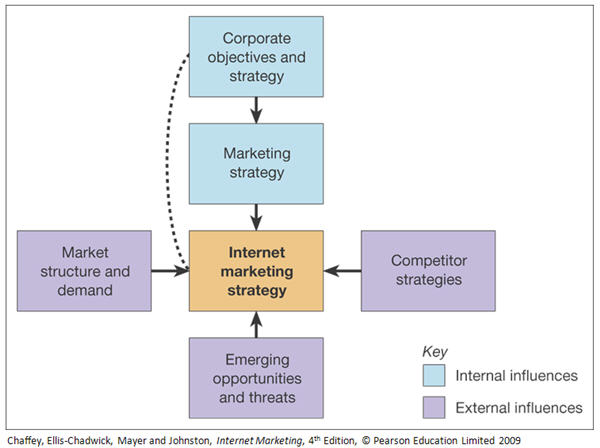
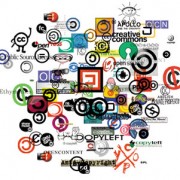

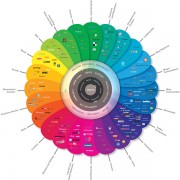
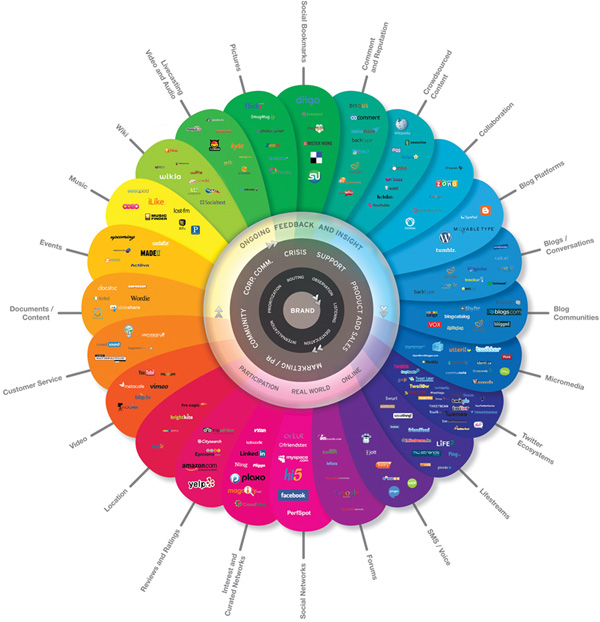 Image courtesy of
Image courtesy of  Le site www.loveletterstothefuture.com, produit par la compagnie canadienne Xenophile Media et dont la stratégie en ligne a été conçue par l’agence libanaise Eastline Marketing, a obtenu le prix du meilleur site vert de l’année aux 14es Webby Awards. La communauté web l’a également récompensé dans la même catégorie, en lui accordant le Webby People’s Voice Award.
Le site www.loveletterstothefuture.com, produit par la compagnie canadienne Xenophile Media et dont la stratégie en ligne a été conçue par l’agence libanaise Eastline Marketing, a obtenu le prix du meilleur site vert de l’année aux 14es Webby Awards. La communauté web l’a également récompensé dans la même catégorie, en lui accordant le Webby People’s Voice Award.